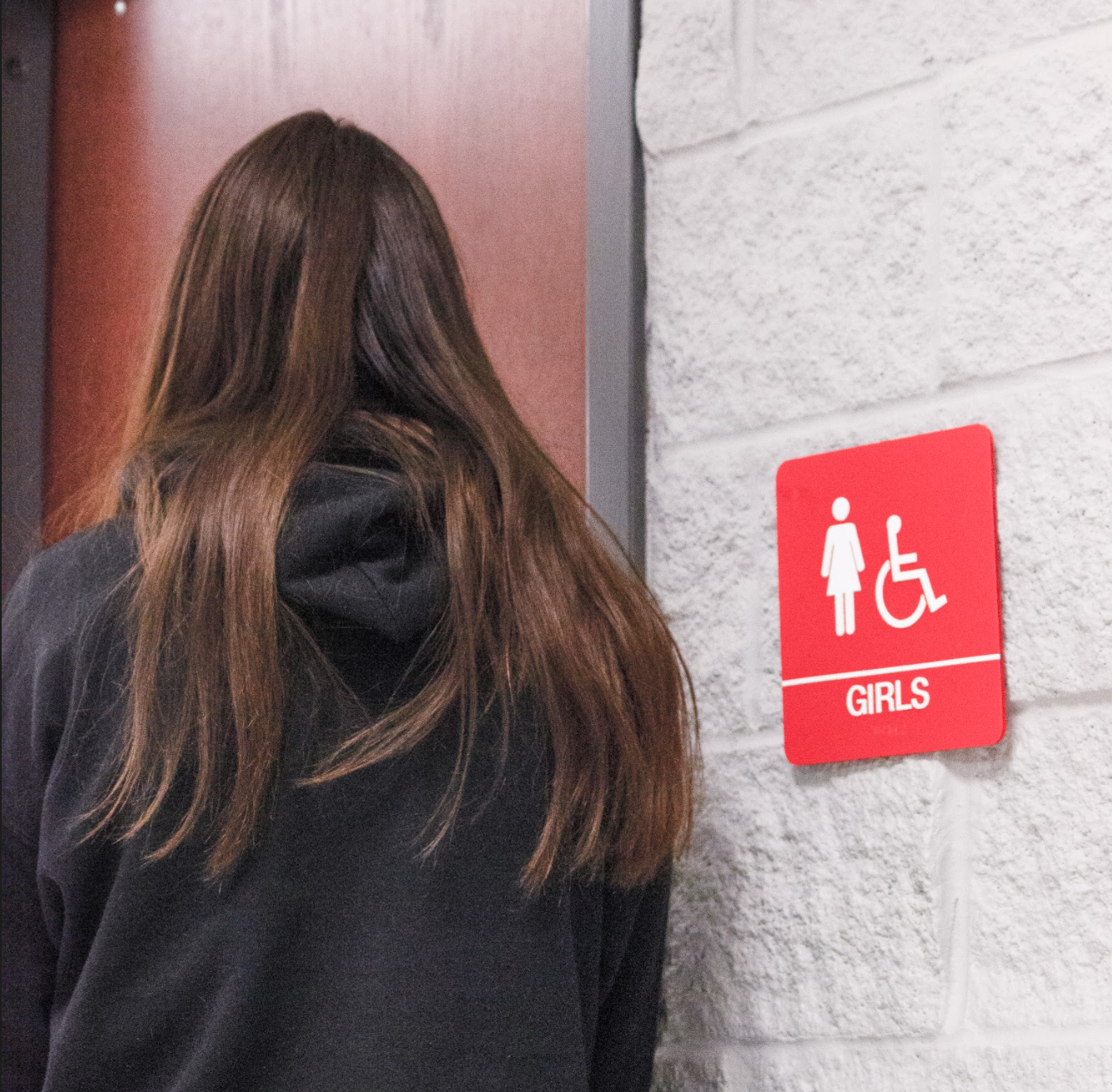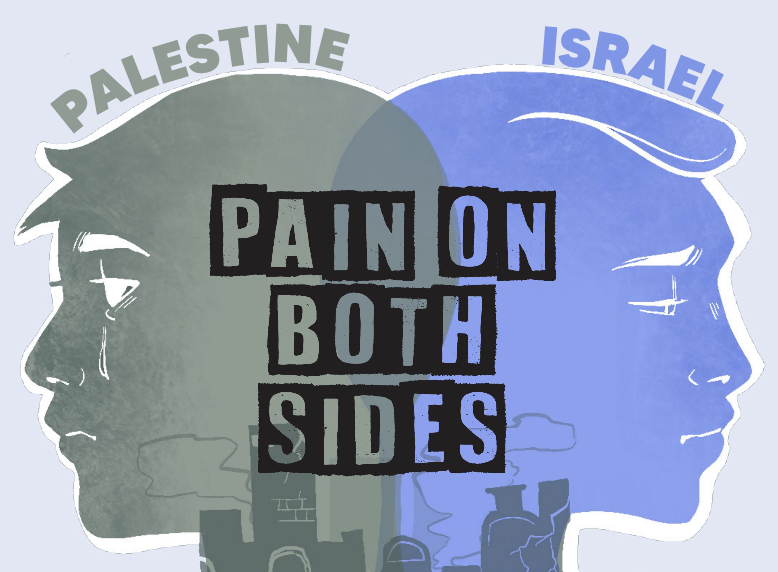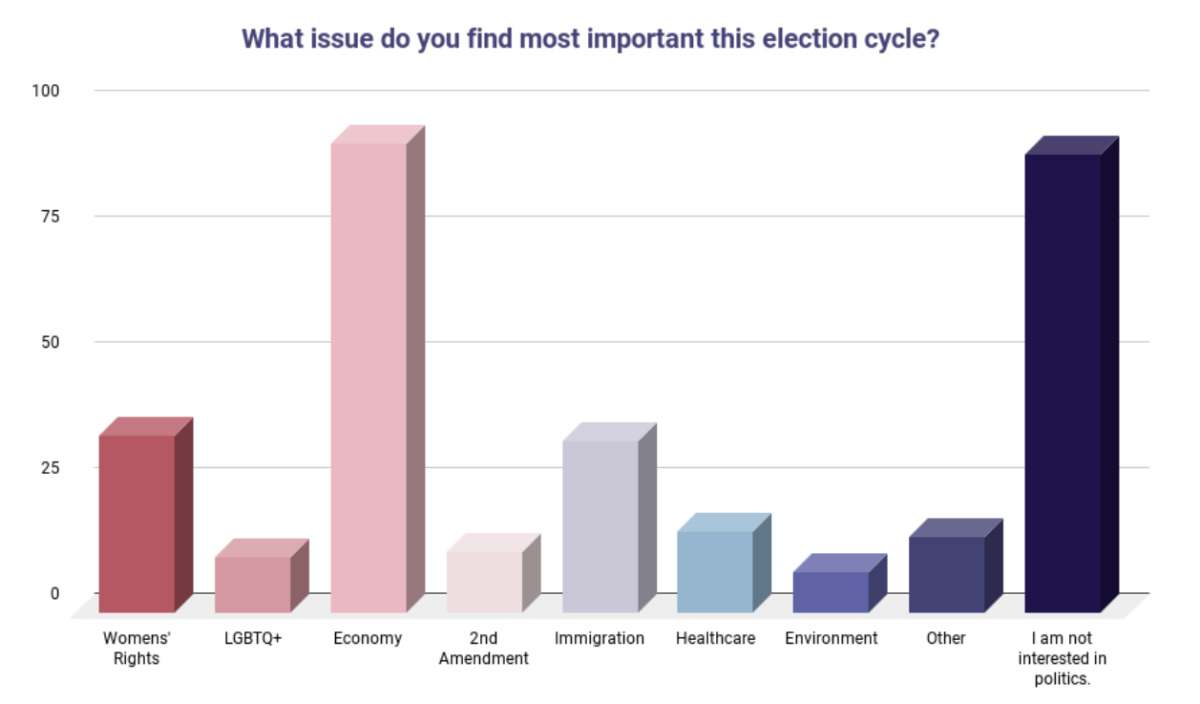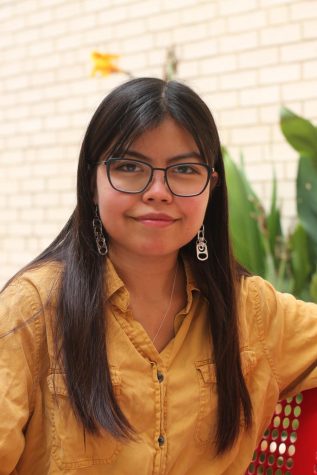
Editor’s note: This story was a part of the in-depth package of our Dec. 16, 2020 issue, which was named as a superior in-depth package in the 2021 TAJE Best of Texas contest. It won third place for print in depth news/feature package in the ILPC contest. It was also named a finalist for editorials in the Dallas Morning News high school journalism contest. It also won second place in the 2021 National Scholastic Press Association individual awards competition.
We tried drug testing before.
In April 2008, LISD tested students in extracurriculars, or with parking permits. The program was short-lived, ending in 2010.
Over the announcements in late October we heard that someone with good intentions wanted to try it again. While we appreciate this concern to ensure that students avoid drugs, random testing is not the best way.
When the school tested students with parking permits, some parked in nearby neighborhoods to evade testing. Others dropped out of their extracurriculars to avoid being tested. Neither of these options worked well to prevent drug use. Having students park off campus also prevented those cars from being sniffed by drug dogs.
Taking away part of a student’s season may seem like an adequate punishment for a positive test, but it’s counterproductive. Taking away a sport, instrument, or activity could be removing a student’s only healthy outlet. This could mean students would move into more drug use to fill their emptier schedule.
Student testing also breaks the trust and respect between students and staff. Forcing students to provide a urine sample is intrusive, and involving their family in the case of a positive test could increase difficulties at home. The process is crude and does not portray to the student that the school cares.
Asking students to pee in a cup and not accepting “no” as an innocent answer also portrays to students that we are being regarded as delinquents. Whatever happened to innocent until proven guilty?
Illegal drug use can be a devastating problem among teenagers. It has damaged and claimed young lives, and should not be taken lightly. But a more personal approach could be an effective remedy.
Here at the school, we already have great teacher-student relationships. Encouraging their growth and creating an open dialogue about drug use would encourage more students to voluntarily come forward with their struggles.
Creating a safe space could be as simple as asking students how their weekend was and meaning it, or implementing more interactive Marauder Time lessons. The district has encouraged a theme of kindness, and that seems like a more effective way to help students than punishment.








